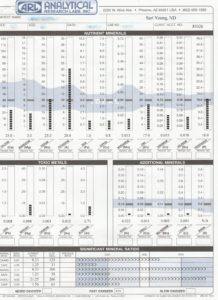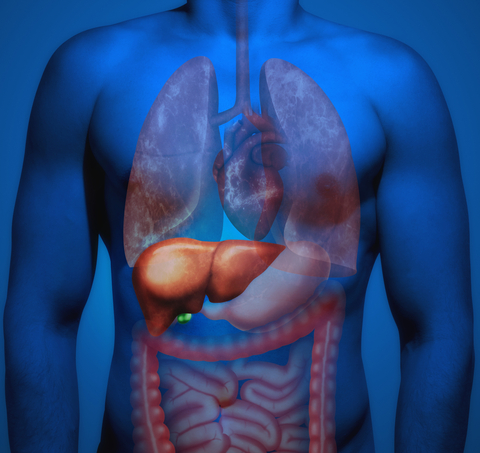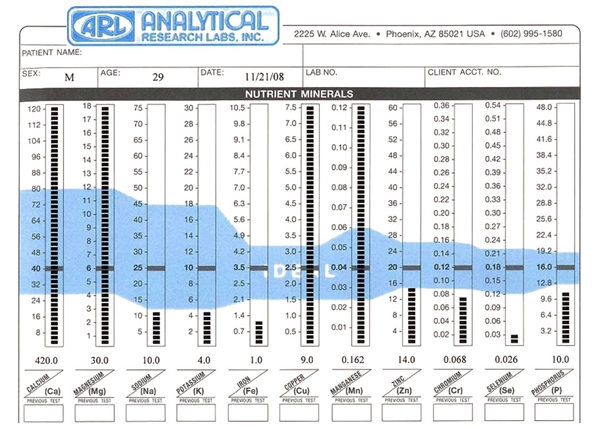What is Hair Tissue Mineral Analysis (HTMA)?
Hair Tissue Mineral Analysis (HTMA) (hair analysis, hair testing, or hair mineral analysis) is a safe, non-invasive soft tissue mineral biopsy that measures heavy metal and nutrient levels as well as comparative ratios of the nutrients found in the hair. This quantitative and analytical pathology test is highly valuable as it reflects the level of toxic elements and nutrients in the body tissues. According to many naturopaths including myself, nutritionists, veterinarians, and integrative doctors, it is also a wonderfully useful screening tool in preventative health.

It is not a medical diagnostic test as it provides information on the body chemistry state, not single diseases as such. For example, it shows inflammation which can become apparent in many different diseases such as arthritis, CVD, endometriosis, diabetes etc. It can show calcium deposits which can become apparent in many different diseases also such as arteriosclerosis, arthritis, bursitis, gall and kidney stones, pseudo gout etc.
Mineral testing was discovered approximately 100 years ago. Hair Tissue Mineral Analysis (HTMA) became accessible in 1970 in the USA. Dr. Paul Eck was the pioneer in this important area. He researched HTMA from the 1970s until his death in 1996. Dr Lawrence Wilson took over his research from that time.
HTMA provides a mineral blueprint of your biochemistry and is highly accurate if performed correctly. It provides pertinent information about your metabolic rate, energy levels and your stage of stress. It forms the basis of a Nutritional Balancing program which aims to rebalance your body chemistry and bring back your health and well-being.
Blood tests and HTMAs
HTMAs and blood tests reveal different information. Blood testing gives instantaneous readings. HTMA gives a longer-term view. Both have their place, and it is my opinion that both should be used to assess and help guide treatments.
Blood tests detect heavy metals if you have just been exposed to them within days. However chronic exposure cannot be detected via blood tests. Blood tests reveal what is happening in your blood right now. Blood levels of nutrients, enzymes, hormones, white and red blood cells and heavy metals can and do change second by second, with your body always prioritising homeostasis in the blood. The body keeps the blood levels of minerals as constant as it can, even when disease is present.
Because of the damaging nature of heavy metals and toxins, upon acute exposure, the toxin levels in the blood will rise, but are then quickly moved completely out of the blood and out of the body via the kidneys (urine), the bile (faeces) and the skin if possible. The remainder is moved into tissues such as the hair and fatty tissue where they are less damaging, and then as a last resort into other body tissues and organs to be stored. This effects how the organ functions and your experience of health.

Each mineral has an area of the body it prefers to be stored. For example, mercury is often found in the kidneys and brain. Cadmium is often found in the arteries, kidneys and periosteum. It is therefore difficult to detect heavy metals in the body via blood tests because they are quickly stored so deeply away in the body elsewhere. It is not practical or desirable to take biopsies of these organs, especially when the hair reflects what is occurring in these tissues so well.
On a practical level, many people experience symptoms and are told that their blood tests are normal. This sadly often leads to their concerns being dismissed. They know they are unwell, but no one can explain why. A HTMA reveals why at a deeper level, they are suffering. It also guides the treatment plans to help the person recover.
It is much easier to find heavy metals in the hair then in the blood. HTMA measures the hair tissue which reflects the body’s levels of stored substances. Careful analysis of the HTMA can show how different levels in the hair reveal how much is actually stored away. Furthermore, once the toxins are moved out of storage tissue sites during detoxification and are eliminated from the body, they are then seen on the HTMA even more easily. This helps to see a person’s progress as they act to improve their health and restore mineral balance.
Blood tests and HTMA tests both have an important role in health care, however for measuring the heavy metal load a person has and their overall mineral balance, a HTMA is far superior.
Want to find out what your body chemistry reveals about your health?

Book in now for your Hair Tissue Mineral Analysis (HTMA) and find out WHY you aren’t feeling your best.
Get expert guidance on exactly what minerals you need to take to rebalance your body chemistry and regain your vitality through our signature Rebalance Nutritional Balancing program.
Read more about HTMA in this series:


